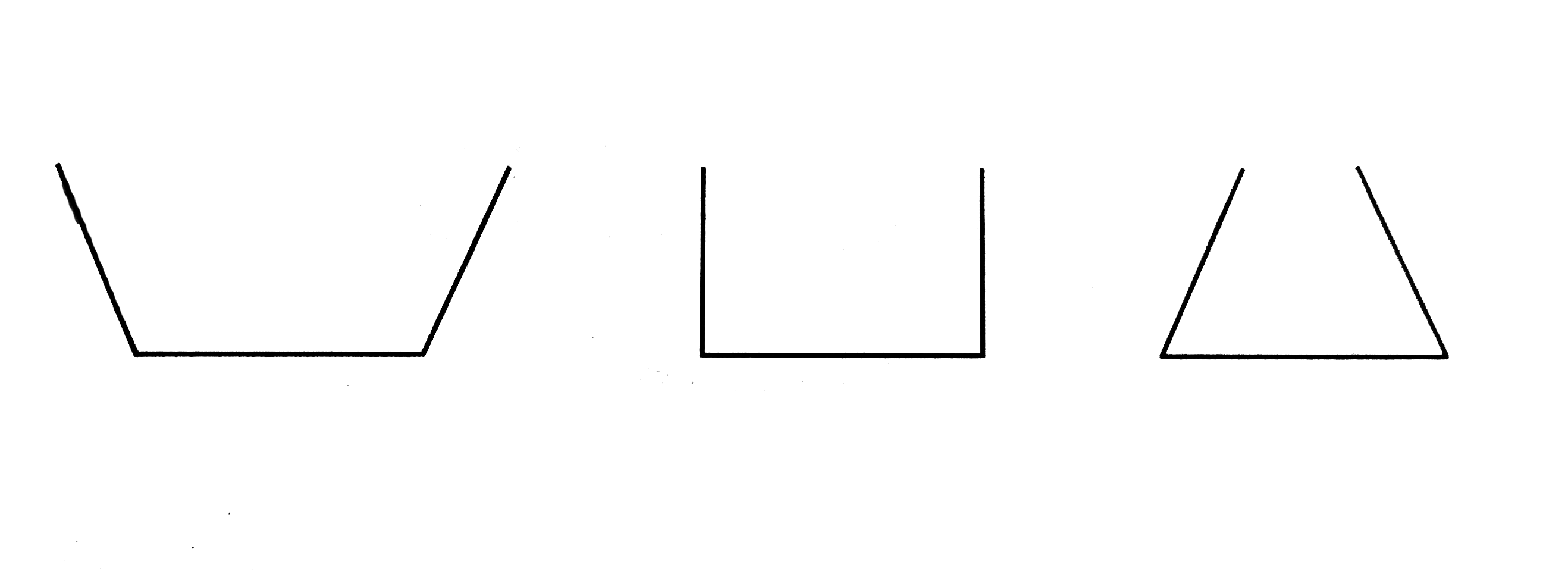If for a liquid in a vessel force of cohesion is twice of adhesion
the maniscus will be convex upwards
the angle of contact will be obtuse
the liquid will descend in the capillary tube
the liquid will not wet the solid
The correct Answer is:A, B, D
To solve the problem, we need to analyze the relationship between the forces of cohesion and adhesion in a liquid within a vessel. Here is the step-by-step solution:
Step 1: Understand the Definitions
- Cohesion is the force of attraction between molecules of the same substance. In liquids, this force keeps the molecules together.
- Adhesion is the force of attraction between molecules of different substances, such as the liquid and the walls of the container.
Step 2: Given Information
- The problem states that the force of cohesion (C) is twice the force of adhesion (A). Mathematically, this can be expressed as:
C=2A
Step 3: Analyze the Implications
- The relationship between cohesion and adhesion affects the wettability of the liquid. If cohesion is greater than adhesion, the liquid will not wet the surface of the container effectively.
- Since C (cohesion) is greater than A (adhesion), the liquid molecules are more attracted to each other than to the container walls.
Step 4: Determine the Shape of the Meniscus
- When cohesion is significantly greater than adhesion, the liquid will form a convex meniscus. This is because the strong cohesive forces pull the liquid molecules together, preventing them from adhering to the walls of the container.
Step 5: Angle of Contact
- The angle of contact (or wetting angle) is defined as the angle formed between the tangent to the liquid surface and the solid surface at the point of contact.
- Since the liquid does not wet the surface well (due to stronger cohesive forces), the angle of contact will be greater than 90 degrees, indicating that the meniscus is convex.
Conclusion
Based on the analysis:
- The meniscus will be convex upwards.
- The angle of contact will be obtuse (greater than 90 degrees).
Final Answer
- The meniscus will be convex upwards, and the angle of contact will be obtuse.
- Cohesion is the force of attraction between molecules of the same substance. In liquids, this force keeps the molecules together.
- Adhesion is the force of attraction between molecules of different substances, such as the liquid and the walls of the container.
- The problem states that the force of cohesion (C) is twice the force of adhesion (A). Mathematically, this can be expressed as:
C=2A
- The relationship between cohesion and adhesion affects the wettability of the liquid. If cohesion is greater than adhesion, the liquid will not wet the surface of the container effectively.
- Since C (cohesion) is greater than A (adhesion), the liquid molecules are more attracted to each other than to the container walls.
- When cohesion is significantly greater than adhesion, the liquid will form a convex meniscus. This is because the strong cohesive forces pull the liquid molecules together, preventing them from adhering to the walls of the container.
- The angle of contact (or wetting angle) is defined as the angle formed between the tangent to the liquid surface and the solid surface at the point of contact.
- Since the liquid does not wet the surface well (due to stronger cohesive forces), the angle of contact will be greater than 90 degrees, indicating that the meniscus is convex.
Based on the analysis:
- The meniscus will be convex upwards.
- The angle of contact will be obtuse (greater than 90 degrees).
- The meniscus will be convex upwards, and the angle of contact will be obtuse.
Topper's Solved these Questions
- PROPERTIES OF MATTERBOOK - DC PANDEY ENGLISHCHAPTER - PROPERTIES OF MATTEREXERCISE - Comprehension
32 Videos
- PROPERTIES OF MATTERBOOK - DC PANDEY ENGLISHCHAPTER - PROPERTIES OF MATTEREXERCISE - Matrix Matching
12 Videos
- PROPERTIES OF MATTERBOOK - DC PANDEY ENGLISHCHAPTER - PROPERTIES OF MATTEREXERCISE - JEE Advanced
57 Videos
- PROJECTILE MOTIONBOOK - DC PANDEY ENGLISHCHAPTER - PROJECTILE MOTIONEXERCISE - Level - 2 Subjective
10 Videos
- RAY OPTICSBOOK - DC PANDEY ENGLISHCHAPTER - RAY OPTICSEXERCISE - Integer type q.
14 Videos
Similar Questions
Force of cohesion develops due to
View SolutionThe forces of cohesion in liquid helium are
View SolutionCohesive force of water is due to
View SolutionThe apparent depth of a liquid in a vessel is 15 cm, when its real depth is 20 cm. find the refractive index of the liquid.
View SolutionWhat do you mean by force of adhesion?
View SolutionCohesion and adhesion
View SolutionWhat is adhesive force?
View SolutionThe three vessels shown in figure have same base area. Equal volumes of a liquid are poured in three vessels. The force on the base will be

View SolutionTo what height h should a cylindrical vessel of diameter d be filled with a liquid so that the total force on the vertical surface of the vessel be equal to the force on the bottom-
View SolutionSurface tension of a liquid is a molecular phenomenon of liquids involving the force of cohesion along the liquid molecules. It is scalar quantity and is numerically equal to the surface energy. Numerically, it is proved that the potential soluble salts and surface active substance. Sparingly soluble salts and surface active substances decrease the surface tension of the liquid. However, the fairly soluble solutes increase the surface tension of the liquid. Surface tension of a liquid is independent of surface area but it depends on the intermolecular forces and the temperature.
Surface tension of a liquid does not depend on :
View Solution
